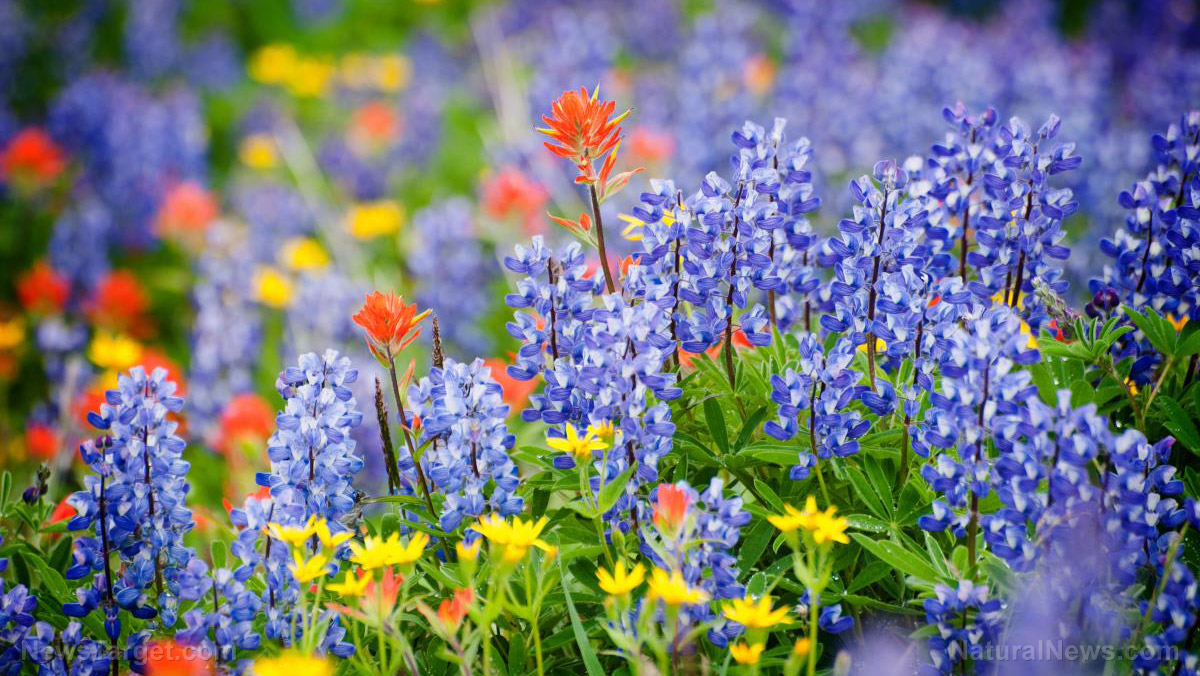- City wildflowers meant to assist bees are absorbing poisonous metals from contaminated soil.
- Widespread pollinator crops like chicory and clover accumulate lead, arsenic, and cadmium of their nectar.
- Bees uncovered to those metals endure impaired studying, lowered populations, and weakened pollination.
- Soil testing and remediation are crucial earlier than planting wildflowers in industrial or city areas.
- Unaddressed industrial air pollution is worsening pollinator decline regardless of conservation efforts.
In a troubling discovery, researchers from the College of Cambridge have discovered that wildflowers planted in city areas — meant to maintain struggling bee populations — are absorbing poisonous metals from contaminated soils and passing them on to pollinators.
The examine, performed in Cleveland, Ohio, reveals that frequent pollinator-friendly crops like chicory, white clover, and wild carrot accumulate harmful ranges of lead, arsenic, cadmium, and chromium of their nectar. These metals, remnants of previous industrial exercise, impair bee well being, lowering populations and weakening their important pollination talents—a dire menace to native agriculture and meals manufacturing.
Pollinators in danger from industrial legacy
The analysis, revealed in Ecology and Evolution, exhibits that wildflowers planted on former industrial websites—as soon as dwelling to metal mills, oil refineries, and factories — soak up these metals from soil residue, turning what must be a lifeline right into a poisonous entice for bees. Even low ranges of contamination trigger long-term harm, resembling impaired studying and reminiscence in bees, crippling their foraging effectivity. Lead, probably the most prevalent contaminant discovered, was detected within the highest concentrations, adopted by arsenic and cadmium—all identified to contribute to bee mortality.
“Earlier than planting wildflowers in city areas to draw bees and different pollinators, it’s necessary to think about the historical past of the land and what may be within the soil,” warned Dr. Sarah Scott, lead writer of the examine and a researcher on the College of Cambridge’s Division of Zoology.
Industrial neglect creates pollinator disaster
The examine highlights the broader penalties of unchecked industrial air pollution, significantly in getting old cities like Cleveland, the place vacant tons and deserted manufacturing unit websites nonetheless harbor poisonous residues. Researchers examined nectar from self-seeded flowers throughout the town and located that chicory absorbed the very best focus of metals, adopted by white clover and wild carrot. These crops, crucial for city pollinators, unwittingly funnel deadly contaminants into the meals chain.
The decline of pollinator populations — a staggering 50% drop during the last 50 years — has been exacerbated by habitat loss and pesticide use. Nonetheless, the examine underscores a less-discussed issue: how soil contamination, if unaddressed, undermines conservation efforts. Many well-intentioned wildflower initiatives could also be doing extra hurt than good.
Options: testing and remediation earlier than planting
The findings don’t advocate avoiding wildflowers altogether however stress the necessity for soil testing and cleanup earlier than planting. Cities with industrial histories should prioritize land stewardship—figuring out polluted websites and, the place needed, eradicating contaminated soil or proscribing flowering crops in high-risk areas. In locations the place self-seeding happens, mowing could also be a short lived measure to forestall poisonous nectar from reaching pollinators.
Pollinators play an indispensable function in agriculture, with pure pollination providers contributing billions to international meals manufacturing. With out them, staple crops like apples and tomatoes would decline sharply, destabilizing meals techniques. The examine serves as a wake-up name: environmental restoration can’t occur in isolation from industrial accountability.
Non-public landowners, metropolis planners, and conservation teams should take sensible steps to make sure pollinator habitats are protected:
- Take a look at soil earlier than planting – Native soil testing providers can determine contamination dangers.
- Remediate contaminated websites – If metals are detected, soil cleanup or alternative could also be needed.
- Management self-seeding in polluted zones – Mowing or limiting wildflower development in high-risk areas can scale back publicity.
- Select safer plant alternate options – Some species soak up fewer metals; analysis to pick out low-risk forage crops.
Dr. Scott urged pragmatism: “It’s actually necessary to have wildflowers as a meals supply for the bees, and our outcomes shouldn’t discourage folks from planting wildflowers in cities and cities.” As a substitute, the main focus must be on knowledgeable stewardship—acknowledging the previous sins of business whereas correcting them for future sustainability.
The answer lies in proactive land administration, transparency about air pollution dangers, and a dedication to restoring ecosystems safely. As Dr. Scott famous, even small actions—like guaranteeing uncontaminated wildflowers—can have a profound affect. However first, we should confront the poisonous remnants of our industrial previous earlier than they poison our future.
Sources for this text embrace:
